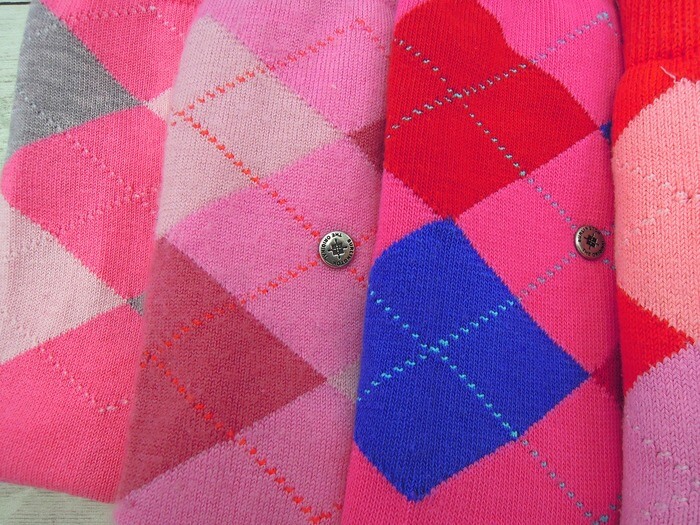
The procedure includes the injection of saline and a sclerosant into the affected veins. Pain, burning, or aching in feet and legs.Discomfort after standing or sitting for long periods.
Benefits of compression socks dialysis skin#
Scaly, discolored, and dry skin at the site.Those who are affected by varicose veins, either for cosmetic reasons or because of painful/dangerous symptoms due to the diseased veins, can undergo sclerotherapy. The injection of a solvent into the veins causes the vessels to collapse and restore proper blood flow. Sclerotherapy is a minimally invasive procedure that treats varicose and spider veins, most often in the legs. Risks associated with all three types of vascular access, although uncommon, may include:

Most often the complications are associated with venous catheters. Catheters are not ideal for permanent access.Īs with any procedure or treatment, there are risks. Unlike fistulas, a graft does not need ample time to develop, and therefore is a better option when access is needed more urgently.įor quickly progressing kidney disease, patients may need a venous catheter for temporary but immediate access.

This graft can be used for needle access during hemodialysis. If a patient has small veins that will not properly develop into a fistula, they will typically require a synthetic tube graft to make the connection between the artery and vein. Fistulas typically take some time to mature, but they are usually the preferred method for dialysis access due to less risk of complications over artificial grafts and catheters and higher durability. The fistula is created during a minor outpatient procedure under local anesthesia. The needs of dialysis patients vary, and therefore there are three main types of vascular access for treatment that may be recommended:Īn arteriovenous, or AV, fistula is the surgical connection of an artery to a vein. The increased strength allows long-term dialysis to be possible. Because of this, a doctor will often surgically connect a vein to a nearby artery to strengthen the vein and allow for heavier circulation. Veins tend to have weak blood flow that is not durable enough to provide for the necessary output of dialysis. During dialysis, blood is removed from a vein and is circulated through a filtering machine before being returned to the body. The kidneys filter waste from the blood, but when the kidneys fail, dialysis is necessary to take over that filtering.ĭialysis is necessary when 85 to 90% of kidney function is lost.

Dialysis is short for hemodialysis, which is a blood treatment procedure for patients with chronic kidney failure.


 0 kommentar(er)
0 kommentar(er)
